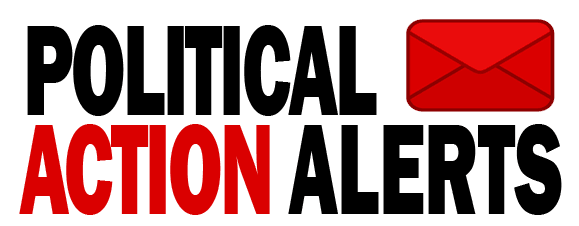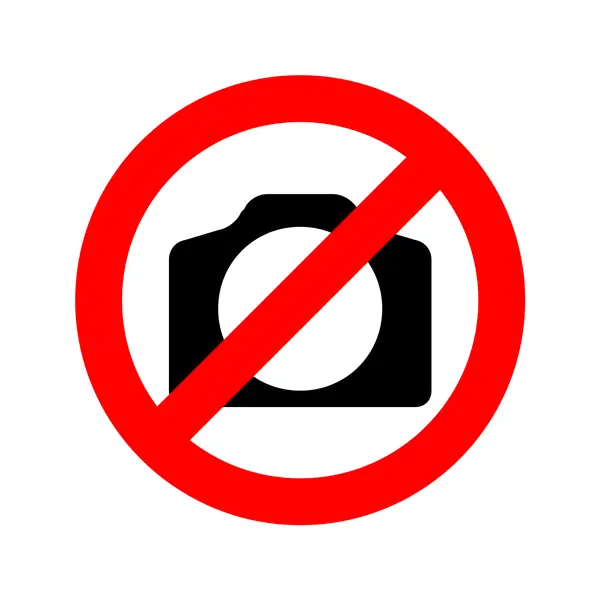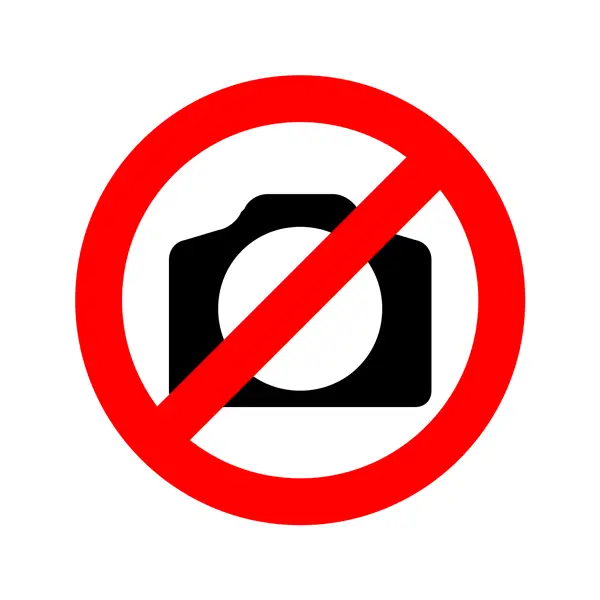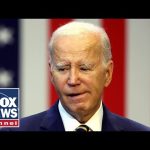As the EU prepares to meet with the President tomorrow, expectations are high for a sensible agreement on tariffs and immigration. With the looming threat of escalating tariffs, President Trump is hopeful for a productive discussion that will establish a framework beneficial for both American and European economies. While the President hasn’t yet seen the progress he desires, there is a glimmer of hope that this meeting might turn things around by setting a path forward. Optimism might seem scarce, but it never hurt anyone to be cautiously optimistic.
Another hot topic on the President’s mind is Europe’s ongoing struggle with immigration. Once again, President Trump, never one to mince words, pointed out Europe’s need to get its act together regarding immigration, warning of potential consequences. Many Europeans share concerns over the migration levels witnessed over the past decade, remembering the influx from Syria and Africa back in 2015. These surging numbers have resulted in communities integrating new immigrants who might not share the language, culture, religion, or history with their host countries, an integration issue that has not gone unnoticed.
What adds fuel to the discussion is the European Union’s intricate nature concerning its internal passport and border controls. While the EU offers the convenience of unrestricted travel across member countries, it accentuates the need for better external border security, which has been neglected. The burden has fallen largely onto the southern countries like Greece, Italy, and Spain—hardly what one would call a unified European effort. It’s about time Europe came together to solidify its external borders rather than letting a few countries face the music alone.
Meanwhile, President Trump’s arrival in Scotland attracted thousands, eager to catch a glimpse of the larger-than-life figure. Let’s face it; whether they love him or hate him, people are often curious about the man who can draw such stark reactions from people worldwide. Similar scenes unfolded during previous presidential visits, proving once again that the allure of American presidents often transcends political sentiments.
In other noteworthy developments, NATO has made strides in defense spending and arms purchases, thanks to what some might call Trump’s “encouragement.” Now aiming for a target of 5% of GDP on defense, NATO countries are increasing their military budgets, benefiting American arms manufacturers. It appears President Trump’s approach is a stark contrast to the previous administration’s stance on NATO’s role in aiding Ukraine. By shaking up the status quo, NATO is now more involved, potentially setting the stage for further strategic support for Ukraine. This solid partnership could elevate NATO’s readiness, ensuring that Europe, not the U.S., foots the bill for regional security—a strategic win not just for Trump, but potentially for peace and stability in Europe as well.




